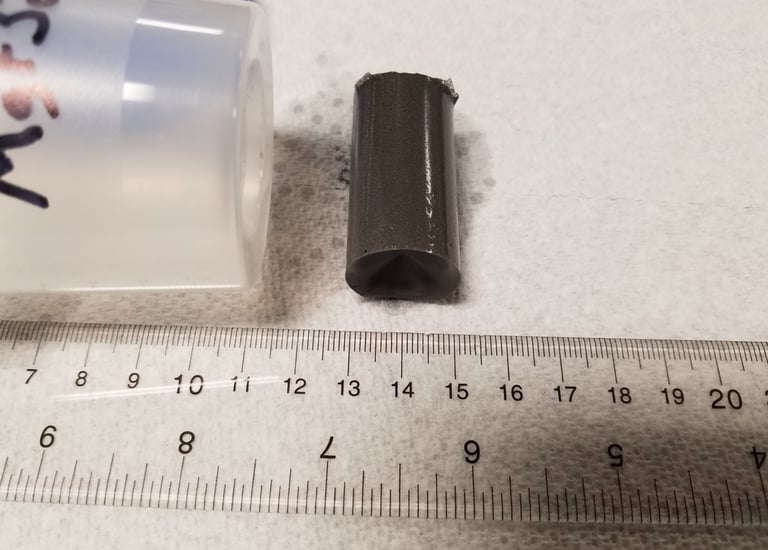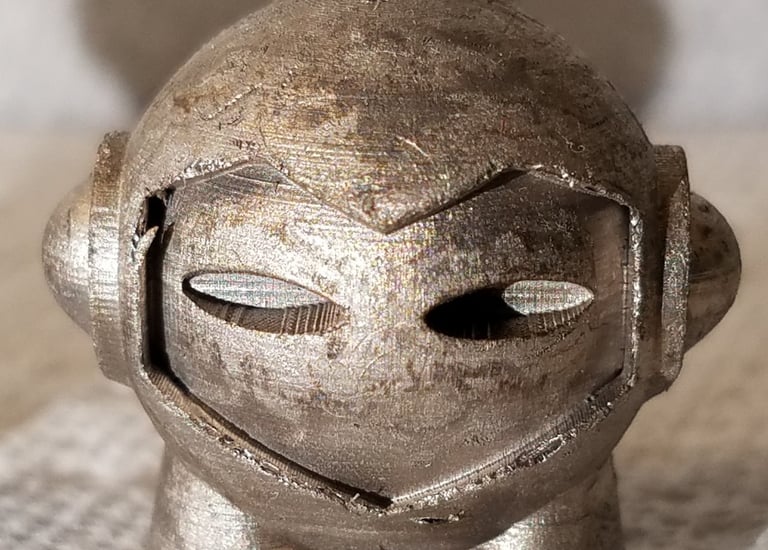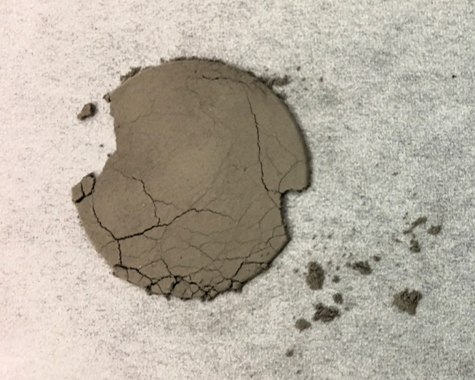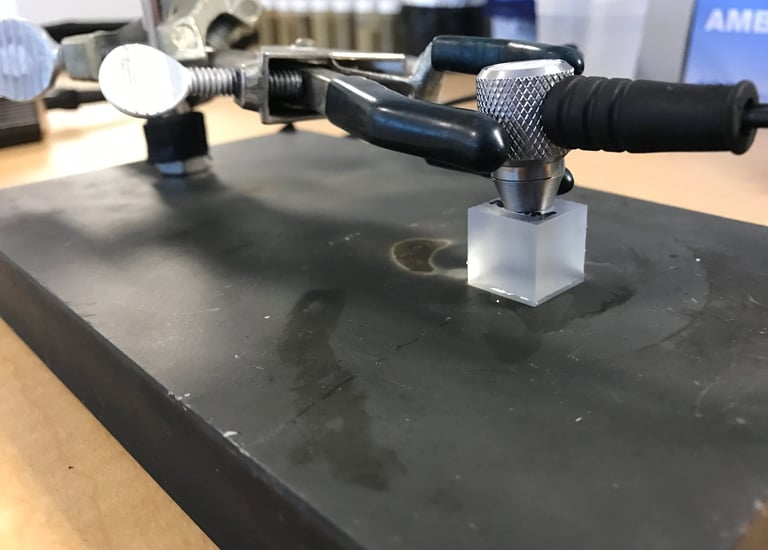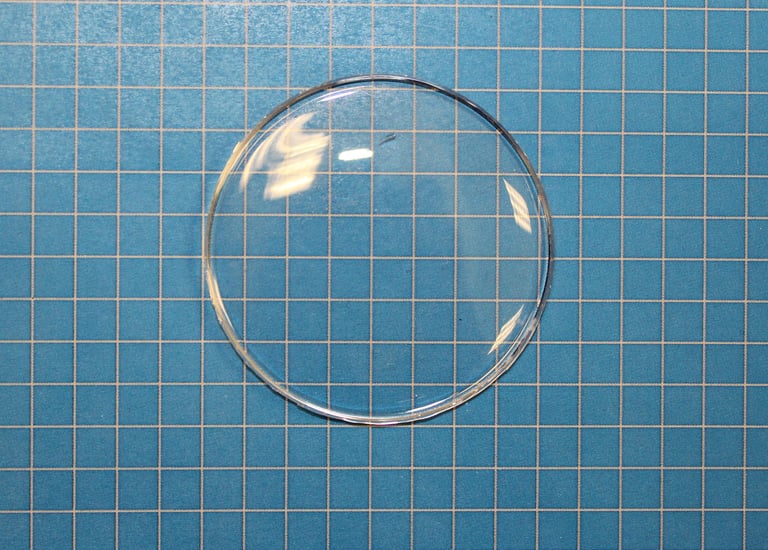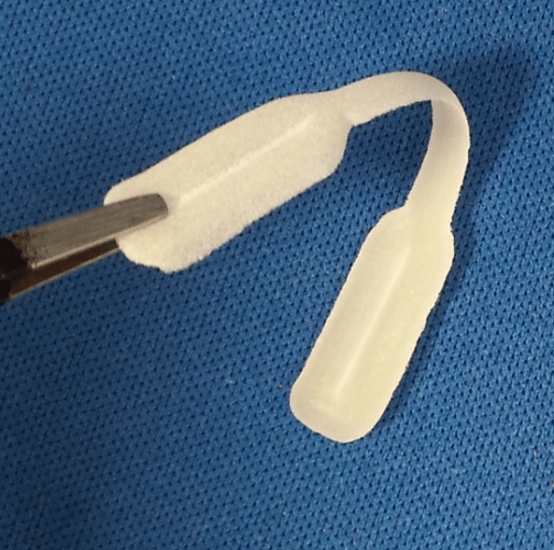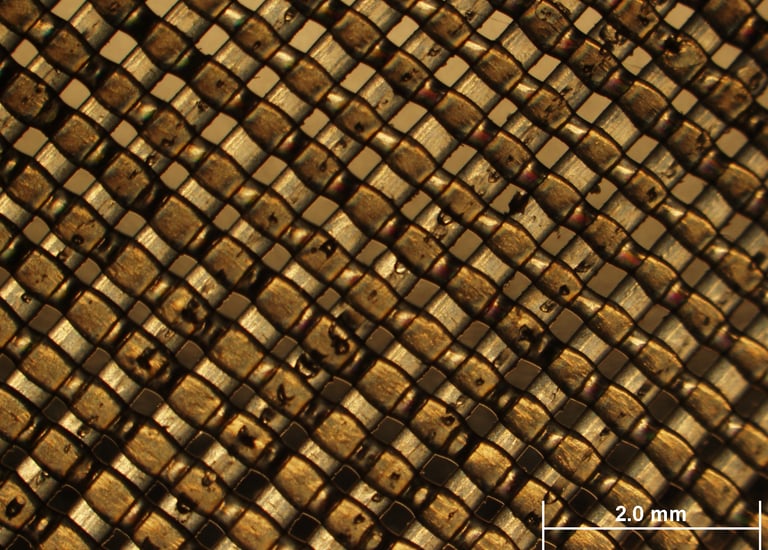Projects
Every project listed here started with a problem — sometimes obvious, sometimes hiding in plain sight. Through design, precision, and a few failed prints, each evolved into a tangible, tested solution. These aren’t just things that were made. They’re systems, tools, and answers — each with a story beneath the surface.


